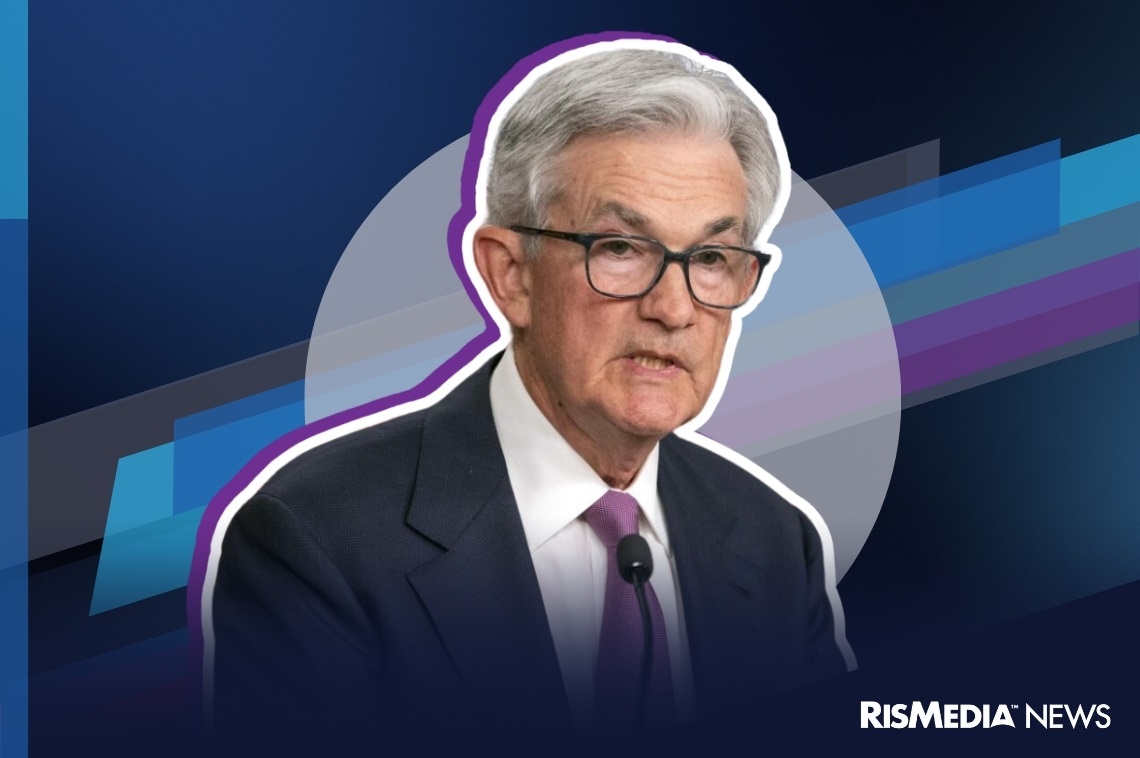In a speech delivered at the Economic Club in Chicago April 16, Federal Reserve Chair Jerome Powell cautioned that while the economy is on relatively solid footing, “the data in hand so far suggest that growth has slowed in the first quarter from last year’s solid pace.”
Powell said unemployment and inflation would likely rise, with no easy fix from the Fed. “We may find ourselves in the challenging scenario in which our dual-mandate goals are in tension,” he said of trying for both solid employment numbers and low inflation. “If that were to occur, we would consider how far the economy is from each goal, and the potentially different time horizons over which those respective gaps would be anticipated to close.”
Not helping matters, he said, are President Trump’s tariffs, which, while mostly now within a 90-day pause period, are still roiling the stock market due to the uncertainty of what may or may not happen. “The tariffs are larger than forecasters had expected, certainly larger than we expected, even in our upside case,” said Powell. “They are highly likely to generate at least a temporary rise in inflation.”
While his comments could be interpreted as a potential interest rate cut on the way, Powell did not specifically address what the Fed may do, with rates currently in the 4.25% – 4.5% range.
On his Truth Social platform, President Trump lambasted Powell, writing that “the ECB (European Central Bank) is expected to cut interest rates for the 7th time, and yet, ‘Too Late’ Jerome Powell of the Fed, who is always TOO LATE AND WRONG, yesterday issued a report which was another, and typical, complete “mess!” Oil prices are down, groceries (even eggs!) are down, and the USA is getting RICH ON TARIFFS. Too Late should have lowered Interest Rates, like the ECB, long ago, but he should certainly lower them now. Powell’s termination cannot come fast enough!”
Powell, in comments after the official speech, emphasized that his position was not in danger of termination, calling the Fed’s nonpartisan independence a “matter of the law.”
Another Fed official’s views
A few days earlier, Federal Reserve Governor Christopher Waller said he expects the effects of Trump’s tariffs on prices to be “transitory,” and that larger and longer-lasting tariffs would result in a larger inflation spike in the 4% – 5% range. A shorter-term tariff scenario would result in inflation closer to 3%.
“I expect that elevated inflation would be temporary, and ‘temporary’ is another word for ‘transitory,’” he said. “Despite the fact that the last surge of inflation beginning in 2021 lasted longer than I and other policymakers initially expected, my best judgment is that higher inflation from tariffs will be temporary.
“Under the large tariff scenario, economic growth is likely to slow to a crawl and significantly raise the unemployment rate,” he continued. “I do expect inflation to rise significantly, but if inflation expectations remain well anchored, I also expect inflation to return to a more moderate level in 2026. Inflation could rise starting in a few months and then move back down toward our target, possibly as early as by the end of this year.
“Let me conclude with two essential points. The first is that the new tariff policy is one of the biggest shocks to affect the U.S. economy in many decades. The second is that the future of that policy, as well as its possible effects, is still highly uncertain. This makes the outlook also highly uncertain and demands that policymakers remain flexible in considering the wide range of outcomes. In the end, the United States is a dynamic, resilient capitalist system that responds well to shocks and always has. I suspect that will continue to be the case now.”

